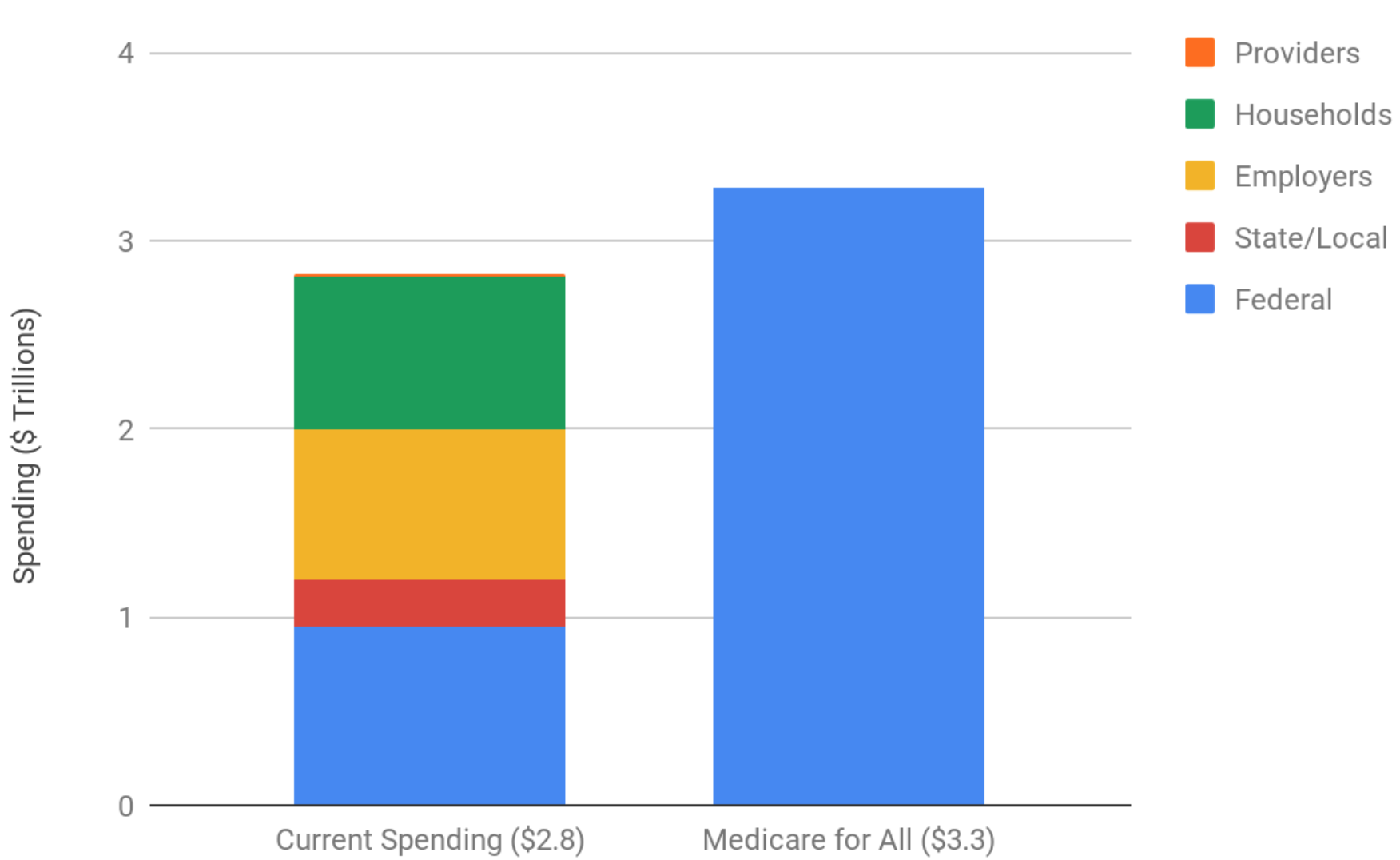During the Democratic primary campaign, several candidates have come out in support of a public option as their preferred strategy for improving the American healthcare system. While details are scarce in candidates’ proposals, generally speaking a public option is a federally-administered insurance plan that competes with but does not replace commercial insurance plans.
With a public option, people have the choice to pay a premium to be insured under the federally-administered plan. Others would remain insured on commercial plans through employers, unions, or the individual marketplace. This is the supposed draw of the public option, the “if you like your plan, you can keep it” appeal.
However, what a public option does not address is network limitations which are the source of much of the frustration with our current health care system. Network limitations are the reason that you can only see certain doctors or visit certain hospitals with your insurance plan. If you go out-of-network, you have to pay a higher co-pay or even the full cash price just to see the doctor you prefer.
However, networks are renegotiated every year. Just because a doctor is in your network one year is no guarantee that they will be in your network the next. If you have been seeing your same primary care doctor for twenty years and value that relationship, out of nowhere they can inexplicably be declared “out of network” and you’ll be forced to find a new one or face hefty fees to have continuity with a doctor you trust.
If you get insurance through your employer, they can also choose arbitrarily to switch commercial insurance plans without your input or consent. Right now, this sudden change in coverage happens to one in four people every year. If you like your current PCP, you better hope your boss isn’t feeling fickle.
If you go to a hospital or emergency department that is in your network but one of the doctors who takes care of you there is out-of-network, you will still get stuck with a surprise medical bill which currently happens with 42% of all hospital admissions, sticking patients with an average bill of $2000 over and above what they would have paid otherwise.
Similarly, each insurance plan has their own formulary–a list of medications organized by how large of a co-pay you must contribute to have your prescription filled. Every year, insurance companies will renegotiate their formularies and without your input declare a medicine that you’ve been taking for years to be “non-preferred” leaving you again to stop or switch medications lest you be hit with a heavy fine. If your doctor determines that a non-formulary medication is actually the best treatment for you, there is often nothing they or you can do about it.
Again, if you get your insurance through your employer and they decide to switch plans or you change jobs, you can easily be thrown off of the medications you need for your health.
If it isn’t abundantly clear from the above, much of the frustration of our current health care payment system is caused by the presence of narrow networks and limited formularies in which your choice of doctors or medicines is not based on your medical needs, but on the backroom dealings of business executives. With a public option, none of this changes.


